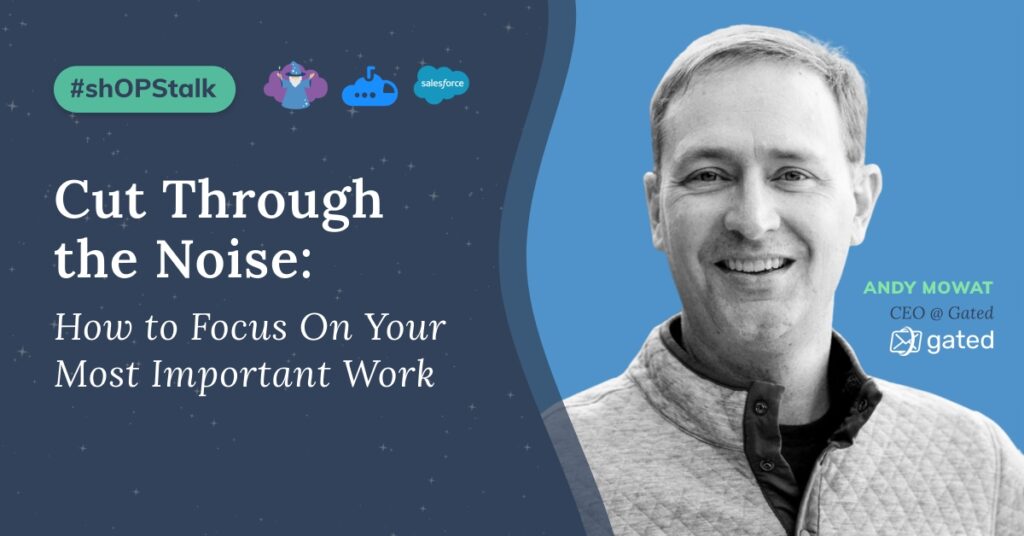Cut Through the Noise: How to Focus on Your Most Important Work
Starting a new RevOps role with a plan in place for your first 90 days can set you up for long-term success. But what are the most important things to focus on in your first three months? And what should you do if your company doesn’t have resources or training to help?
WATCH NOW

